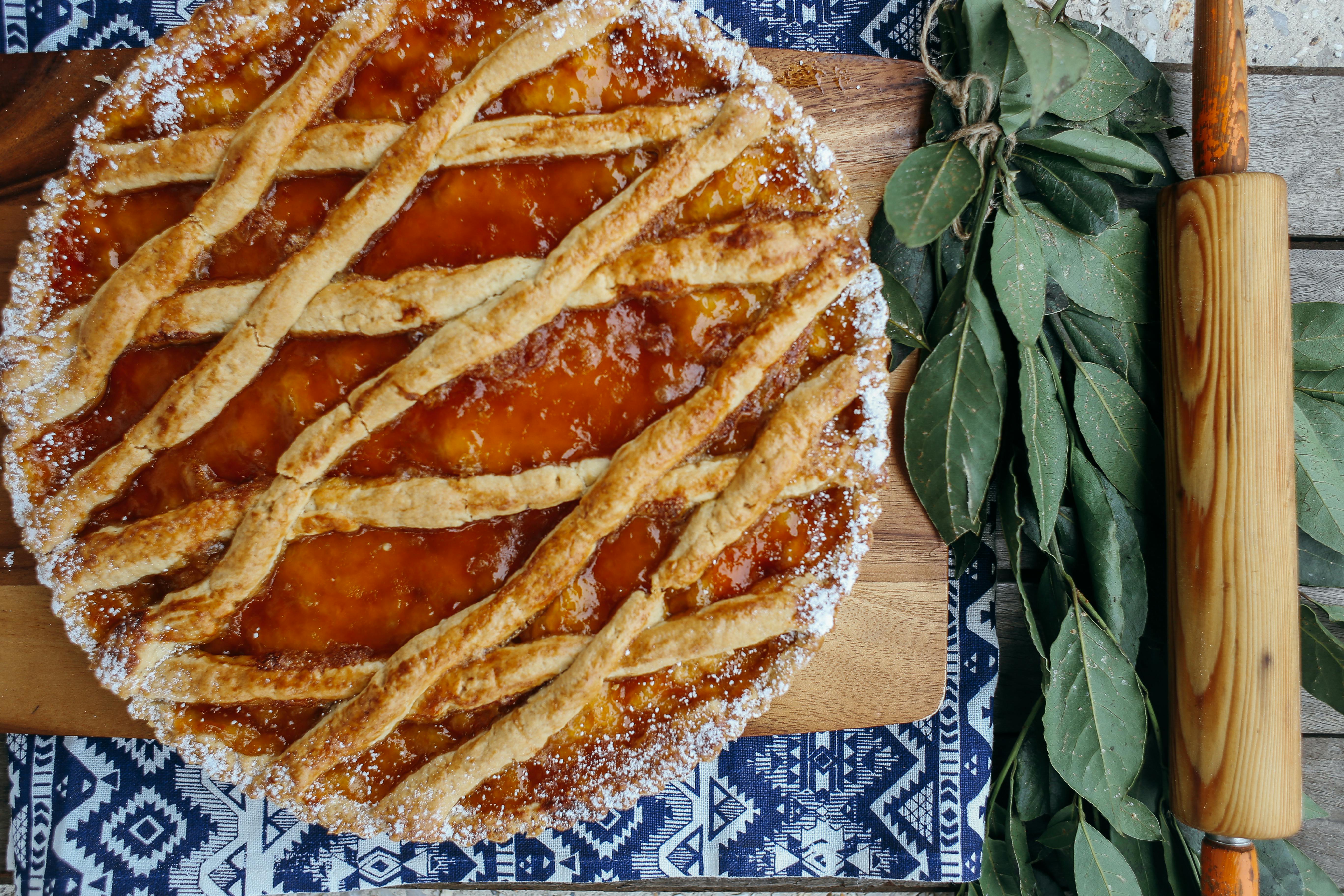Thai cuisine at your fingertips: Thai cooking preparation
Thai cuisine is one of the most recognizable in the world. With unique ingredients and a hint of spice, Thai recipes can seem overwhelming to even the most experienced home cooks. However, with a few basic steps, most home cooks can master this delicious cuisine.
Ingredients
One of the first things the home chef should consider when thinking about trying Thai recipes is the various ingredients needed to master most dishes. Stocking a pantry with basic ingredients will help you avoid the takeout counter when the need for Thai food strikes. Some basic ingredients with a stable shelf life that can be picked up at any time include things like palm oil for frying, fish sauce, coconut milk, palm sugar, as well as curry pastes and shrimp.
From there, adding the necessary herbs and spices is where the flavors go from boring to traditional Thai. Take a look at the Asian market and see what kinds of spices and herbs you can pick up. Things like Thai basil, ginger, garlic, grachai, cilantro, and lemongrass are all commonly used fresh produce that can add great depth and flavor.
For those who like spices, as is the case with most Thai dishes, be sure to try the Thai chillies; these are one of the quintessential ingredients in Thai cuisine. Prik kee noo and Krik chee fah are two traditional fresh chilies that can be found in most Asian stores. If they are not available, don’t be afraid to buy dried and ground Thai chilies. Although their flavor may be a little different, they still add that much-needed kick.
Equipment
Fortunately, most of the equipment used in thai recipes it’s very versatile and is probably already in most home cooks’ kitchens. One of the most essential and versatile pieces of equipment for cooking Thai food is the wok. Buying a good quality, well-seasoned wok will make a big difference in the taste and quality of the food you make. Other essentials include a large, sharp blade. Most dishes require chopped ingredients, most of which can be made with a device.
Other optional equipment to consider are things like a rice cooker or even a pot big enough to cook quality rice. Often a mortar and pestle will come in handy when grinding spices and herbs. Steaming baskets can be very useful for preparing lighter dishes and also some vegetables.
Tips and Techniques
Fortunately for most home chefs, most of the techniques used in Thai cooking are common knowledge. One of the most versatile and widely used techniques is the art of stir-frying. Using a high-quality hot wok, it is essential to heat the oil before adding the ingredients. From there, it’s all about speed and movement. Keep stirring and stirring the ingredients to make sure they cook evenly. Once the meal is finished, plate it and enjoy!
Other helpful techniques to master are things like frying and steaming. Steaming baskets can be useful for making meatballs and fish or vegetable dishes. Deep frying can be done in a wok for small batches. It is vital that enough oil is used to completely cover the ingredients when frying. Also, don’t forget to squeeze out excess oil when removing food from frying to ensure the crispest food possible.
Don’t let the wide variety of Thai dishes out there scare you away. Thai cuisine is within the reach of any home chef who is willing to learn and experiment with new flavors. By adding a few new ingredients to your pantry and some new gadgets to your kitchen, you’ll be serving up restaurant-quality Thai recipes in no time!
